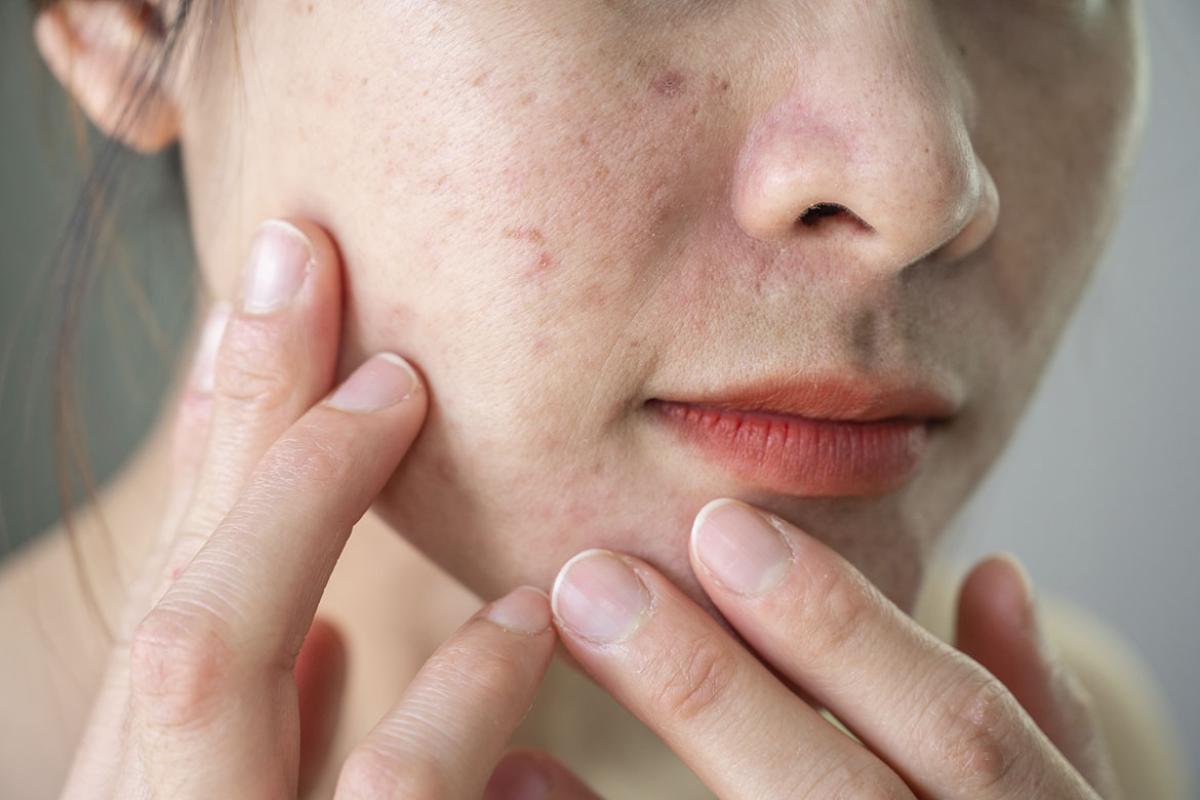Acne is a common skin condition that affects millions of individuals worldwide, impacting self-esteem and confidence. While many seek Acne treatment Abu Dhabi to manage active breakouts, a significant concern for those affected is the lingering scars left behind after acne lesions heal. This raises an important question: Does acne treatment help with acne scarring too? The answer is multifaceted, as various treatment modalities can significantly improve the appearance of scars, though the extent of improvement depends on the type and severity of scars. Understanding how acne treatments address both active acne and residual scars can help individuals make informed decisions about their skincare journey, ultimately leading to clearer, smoother skin.
Understanding Acne and Its Scarring
Types of Acne and Their Impact on Skin
Acne manifests in different forms, including whiteheads, blackheads, papules, pustules, cysts, and nodules. When these lesions heal, they may leave behind scars, which can be categorized as atrophic, hypertrophic, or keloid scars. Atrophic scars, which are sunken or pitted, are the most common and include ice pick, boxcar, and rolling scars. Recognizing the type of scarring is crucial because it influences the choice of treatment options aimed at skin regeneration and scar reduction.
The Formation of Acne Scars
Scarring results from inflammation and tissue damage caused by severe or prolonged acne. During the healing process, the skin produces new collagen to repair the damage. However, in cases where collagen production is insufficient or excessive, scars form. This process underscores the importance of early and effective acne treatment, not only to prevent active breakouts but also to minimize permanent skin damage.
How Acne Treatment Addresses Active Acne and Scarring
Managing Active Acne to Prevent Further Scarring
Effective acne treatment focuses on controlling inflammation, reducing bacterial proliferation, and preventing new lesions. By managing active breakouts promptly, the risk of developing new scars diminishes. This proactive approach emphasizes the importance of personalized skincare routines, possibly incorporating topical agents, oral medications, or other therapeutic modalities tailored to individual skin types and severity levels.
Role of Acne Treatment in Reducing Existing Scars
While preventing scars is ideal, many treatments also aim to diminish the appearance of existing scars. These procedures stimulate collagen production, promote skin regeneration, and improve texture. Treatments such as chemical peels, microdermabrasion, laser therapy, and microneedling are commonly employed to target atrophic scars. Consistency and patience are key, as multiple sessions may be required to achieve noticeable improvements.
Various Treatments for Acne and Its Scars
Topical and Oral Medications
Medications are often the first line of defense against active acne. Topical retinoids, antibiotics, and benzoyl peroxide help reduce inflammation and bacterial load. In severe cases, oral medications like antibiotics or hormonal therapy may be prescribed. These treatments can also indirectly influence scarring by controlling inflammation and reducing lesion severity.
Non-Invasive Procedures
Non-invasive procedures are popular for managing scars without significant downtime. Chemical peels remove the top layer of damaged skin, promoting new, healthier skin growth. Microdermabrasion exfoliates the skin surface, improving texture. Laser therapies, such as fractional laser resurfacing, stimulate collagen production and remodel scar tissue. Microneedling involves creating controlled micro-injuries that trigger natural healing and collagen synthesis, resulting in smoother skin.
Minimally Invasive and Surgical Options
For more pronounced scars, minimally invasive techniques like subcision break down fibrous scar tissue beneath the skin, allowing the skin to lift and smoothen. Dermal fillers can also be used to elevate depressed scars temporarily. In some cases, surgical excision or punch techniques are employed to remove or flatten scars, especially atrophic or deep scars, providing more permanent results.
The Importance of Combining Treatments
Customized Treatment Plans
Since scars vary in type and severity, a combination of treatments often yields the best results. A comprehensive skincare plan may include topical therapies to manage active acne, along with procedural interventions for scars. Consulting with a skincare professional ensures a tailored approach that addresses both current breakouts and residual scarring effectively.
Timing and Expectations
Treatments are most successful when timed appropriately. Managing active acne first prevents new scars, while addressing existing ones can be scheduled once the skin is cleared. Patients should have realistic expectations, understanding that improvements take time and multiple sessions may be necessary to achieve optimal results.
Lifestyle Factors and Skincare Tips
Maintaining Healthy Skin
Supporting skin health through proper skincare, hydration, and sun protection can enhance treatment outcomes. Using non-comedogenic products, avoiding picking or squeezing pimples, and maintaining a balanced diet contribute to overall skin improvement.
The Role of Professional Guidance
Regular consultations with skincare specialists ensure that treatments are effective and safe. Professionals can monitor progress, adjust therapies, and recommend additional procedures as needed to optimize results and boost confidence.
Frequently Asked Questions (FAQs)
1. Can acne treatment completely eliminate acne scars?
While many treatments can significantly reduce the appearance of scars and improve skin texture, complete elimination may not always be possible. The effectiveness depends on the scar type, severity, and individual skin response.
2. How long does it take to see results from scar treatments?
Results vary based on the procedure and scar severity but typically range from a few weeks to several months. Multiple sessions are often needed for noticeable improvements, and patience is essential.
3. Are there preventive measures to avoid developing scars?
Early and effective management of active acne is the best way to prevent scarring. Avoiding picking or squeezing lesions and maintaining consistent skincare routines also play critical roles.
4. Can lifestyle changes improve acne scars?
Yes, maintaining a healthy lifestyle—including proper diet, hydration, sun protection, and avoiding skin irritants—can support skin healing and enhance the effectiveness of medical treatments.
Read More: How Customized Is Acne Treatment for Individuals?
